Looking beyond Harvest 2020 and UK conditions
As harvest rolls on and we face entering the 2020/21 season with a national deficit of wheat, in this highlight article we highlight these long term risks being faced over the next 12 months and potentially beyond.
With poor yields being reported in Europe and the Black Sea and prices having climbed again recently, it is easy to overlook the broader risks that are going to be faced over the next 12 months.
Since October, the deficit of wheat for the upcoming season has been known about and factored into new crop prices, while the exact size of the UK crop is not yet known, the pricing effects of this factor alone will be minimal. November-20 UK feed wheat futures having already moved to a premium to Paris milling wheat futures, unable to climb higher than the cost of importing European wheat (import requirement are already priced in). This leaves two distinct risks for UK wheat, global markets and currency.
Currency
The pound has been under pressure from two factors, Brexit and economic pandemic fears. This leaves two risks and potential upsides for the pound, a comprehensive deal with the EU, and economic recovery (remember, a stronger pound puts pressure on domestic prices).
The UK and EU have continued to politically posture Brexit positions and push that there remain default positions, but positive movements and announcements have the potential to quickly increase the value of the pound.
So far in July the value of the pound has increased 1.3% relative to the Dollar and up 0.6% relative to the euro on news that ‘landing zones’ for agreements such as fishing are being drawn up, removing a lot of the cliff-edge threat.
 Additionally, with the UK and EU economy having suffered from lockdown measures, as a result of the pandemic, there are ever increased needs to prevent further economic shocks, placing an increased necessity for a deal being reached. Another supportive factor for the pound may come as the recent relaxing of restrictions, governmental support and supportive data has the potential to provide confidence in the UK economy.Yet it remains important to recognise that there are of course risks that the UK could still leave the EU without a form of trade deal, and this risk will pressure markets such as barley until a deal is reached and the threat of leaving the EU without a deal remains a negative market risk.
Additionally, with the UK and EU economy having suffered from lockdown measures, as a result of the pandemic, there are ever increased needs to prevent further economic shocks, placing an increased necessity for a deal being reached. Another supportive factor for the pound may come as the recent relaxing of restrictions, governmental support and supportive data has the potential to provide confidence in the UK economy.Yet it remains important to recognise that there are of course risks that the UK could still leave the EU without a form of trade deal, and this risk will pressure markets such as barley until a deal is reached and the threat of leaving the EU without a deal remains a negative market risk.
Global Markets
Global grain markets have received a degree of support from falls to the US corn area, poor weather forecasts, and poor initial harvest yields in Europe and the Black Sea. While the short-term volatility and direction of markets will be driven by the harvest results and weather forecasts, long term there are important and significant downside market risks.
While wheat production in the UK and EU is down year on year, and although initial winter wheat yields are disappointing, wheat production in Russia is still forecast to be the second largest on record. With proposed export restrictions in the second half of the season, Russian wheat exports are likely to be more aggressive in the first half of the season. Additionally, with a return of Australia as a large export nation, the 2020/21 season will have an increased supply of wheat and barley later on, competing into nations that Black Sea exporters have since filled the gaps.
Lastly, we cannot forget the impact from coronavirus and the global pandemic implications. While in the UK there is an increasing feeling of normality, there remains a subdued economy with many having lost disposable income.
In the UK with a lack of sporting events, and restaurant trade remaining limited, consumption is going to continue to be questioned. But consumption will not just be down in the UK but across Europe and on a global scale. Throughout 2020/21, global consumption levels will be carefully watched, with a focus on ethanol production in the US but also global import requirements. With less travel and the economies of tourist destinations suffering, many importing nations and trade flows face a challenge. Also, with less disposable income, individual travel will likely be reduced, as will consumer expenditure, denting individual demand for fuel, food and importantly livestock products across the world, potentially reversing the trend for ever increasing global grain and oilseed consumption.
The wild card for these markets remains the corn outlook as Northern Hemisphere crops enter key productivity stages, conditions currently look good and forecasts ideal however this will need monitoring in the next few months.
